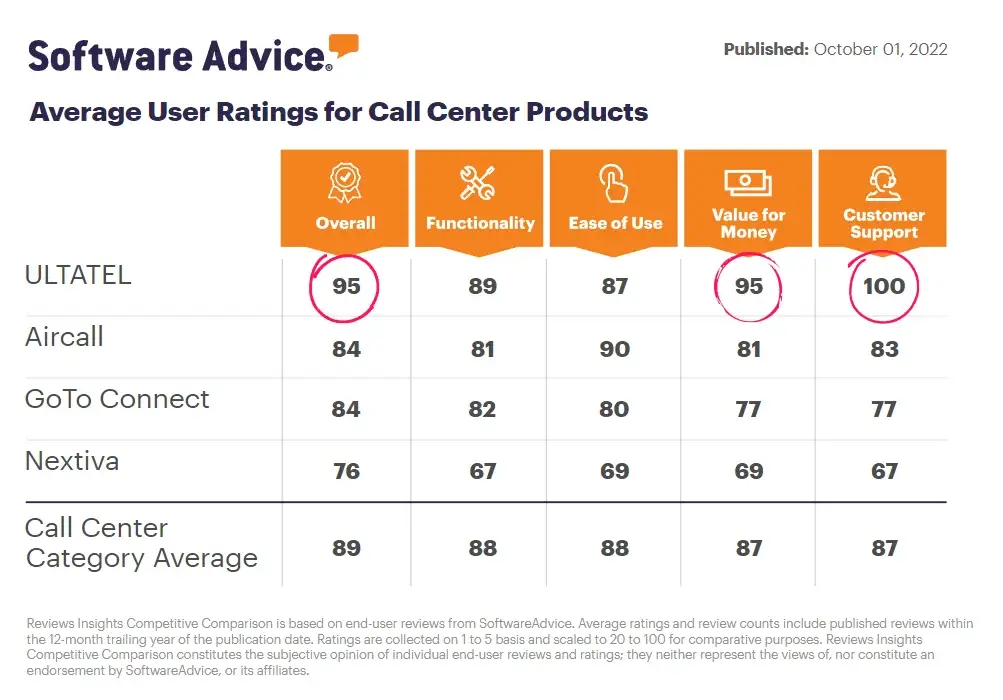What is Average Speed of Answer?
Average speed of answer (ASA) is a key performance indicator that measures the amount of time it takes for an agent to become available to handle an incoming call. The ASA metric is important because it can help businesses understand how efficiently their customer service team is operating.
Generally, a lower ASA means that customers are waiting on the line for a shorter amount of time, which is often seen as a positive customer service experience.
How Do You Measure the Average Speed of Answer?
There are a few different ways that businesses can measure their average speed of answer. One common method is to calculate the ASA using the Erlang C formula, which takes into account factors such as the number of agents handling calls, the average call duration, and the arrival rate of calls.
Another way to measure ASA is through real-time monitoring, which can provide businesses with an accurate and up-to-date view of their current ASA. This information can be used to make changes to the customer service operation in order to improve the overall efficiency.
What Is a Good Average Speed of Answer?
There is no definitive answer as to what constitutes a good ASA, as it will vary depending on the type of business and the customer base. However, it is generally accepted that a lower ASA is better than a higher one.
Businesses should aim to have an ASA that is as low as possible, in order to provide the best possible customer service experience.
How Do You Improve Average Speed of Answer?
There are a number of ways that businesses can improve their ASA. One common method is to increase the number of customer service agents, which can help to reduce the amount of time customers spend waiting on hold.
Another way to improve ASA is by implementing call queuing or call back features, which can give customers the option to wait for an available agent or have the agent call them back when they are free.











